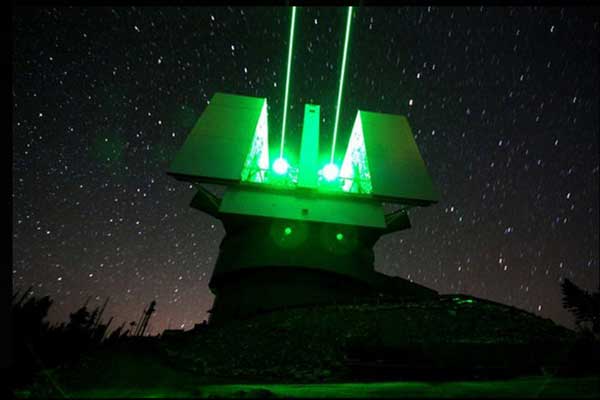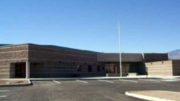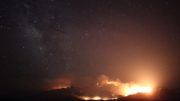MOUNT GRAHAM – A fire alarm went off at the Large Binocular Telescope (LBT) on Mount Graham on Saturday, Oct. 22, but it turned out to be a false alarm.
The LBT, along with the Vatican Advanced Technology Telescope and Heinrich Hertz Submillimeter Telescope, make up the Mount Graham International Observatory. The facility is a division of Steward Observatory, the research arm for the Department of Astronomy at the University of Arizona (UA).
According to MGIO Director Eric Buckley, the University of Arizona Police Department handles issues regarding the property, and when the fire alarm goes off it contacts the UAPD’s main office in Tucson.
Upon investigating the incident, an officer at the observatory informed Graham County Dispatch that a humidifier had set off the alarm. Prior to that knowledge, the telescope was in the process of being evacuated and calls for fire help were sent. According to Graham County Dispatch notes, the Bureau of Land Management/Forest Service and Safford Fire Department indicated they would not respond to the telescope perched at the top of Mount Graham, but the Pima Fire Department said it was ready to roll if necessary.
Buckley said if it had been a real fire a number of different protocols would have kicked in but he wasn’t sure of the process since he hasn’t had to go through such an event during his tenure.
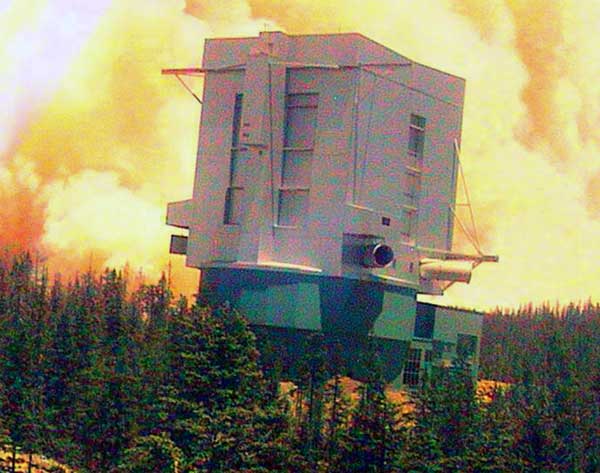
Contributed Photo/Courtesy MGIO: The MGIO was previously endangered by wildfire in 2004.
The facility was endangered by wildfire before the LBT was even operational in early July, 2004 when the Nuttall Fire Complex came within a half mile of the observatory. Firefighters from the Southwest Area Incident Management Team ignited back burns around the observatory to help stop the main fire’s advancement.
The Nuttall Fire Complex burned nearly 30,000 acres on Mount Graham, but did not damage the observatory. The LBT’s first mirror achieved “first light” in October, 2016, and both mirrors began operating together in January, 2008, to peer farther into space than any previous earthbound telescope.
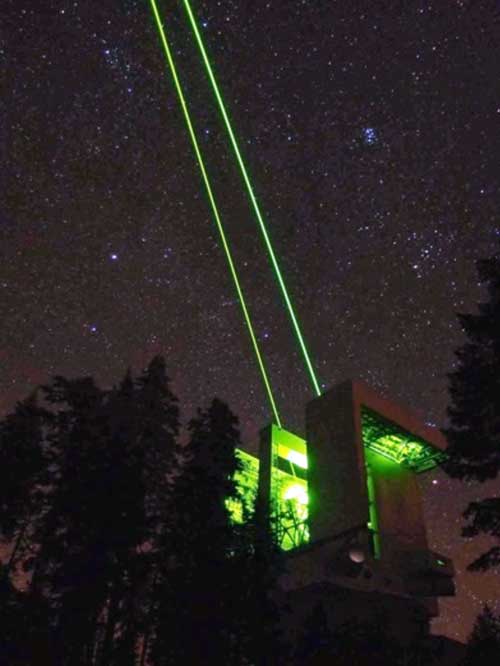
Recently, the Advanced Rayleigh Ground-layer Adaptive Optics System (ARGOS) at the LBT used multiple pulsed lasers to create artificial guide stars to correct for atmospheric turbulence for each of the 27-foot wide mirrors. The adaptive optics allow the LBT to have an image roughly 10 times sharper than images produced by the Hubble Space Telescope.
During the laser shooting, spotters are utilized to look out for airplanes so the lasers don’t accidentally blind any pilots. Spotters warn the telescope’s controllers by radio if a plane comes too close and a “kill switch” is utilized to shut off the lasers.

